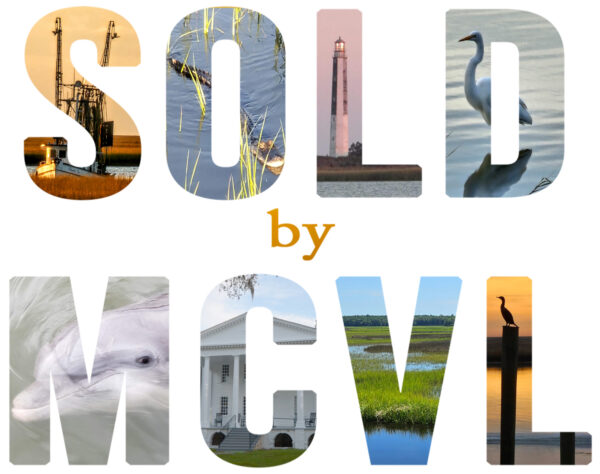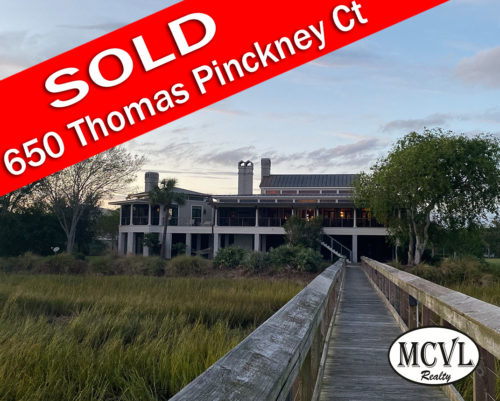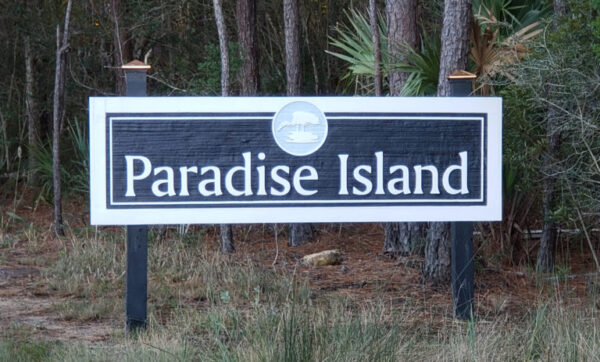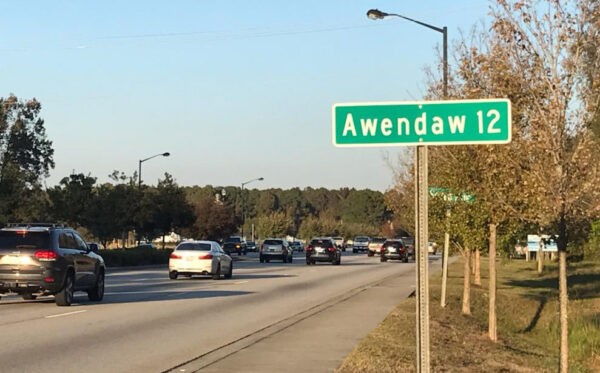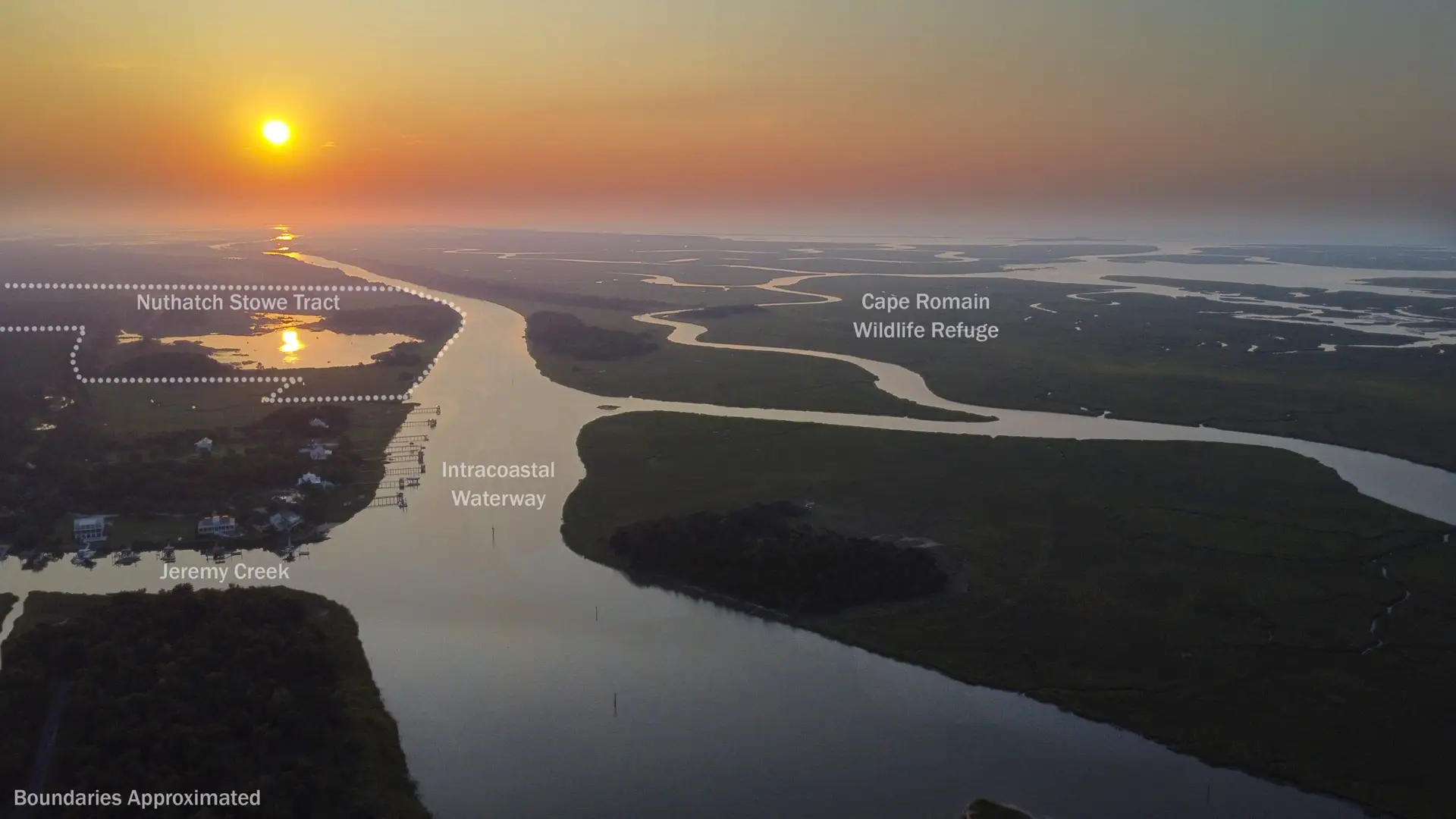
On May 14, 2024, Nuthatch Stowe, LLC finalized the sale of approximately 428 acres to the US Fish and Wildlife Service to be added to the Cape Romain Wildlife Refuge for $4.7 million. Jennifer Koches wrote an excellent article about the transaction, but I wanted to go into a little more detail from a local perspective, including a Q&A at the end with McClellanville native and Manager of the Cape Romain National Wildlife Refuge, Sarah Dawsey.
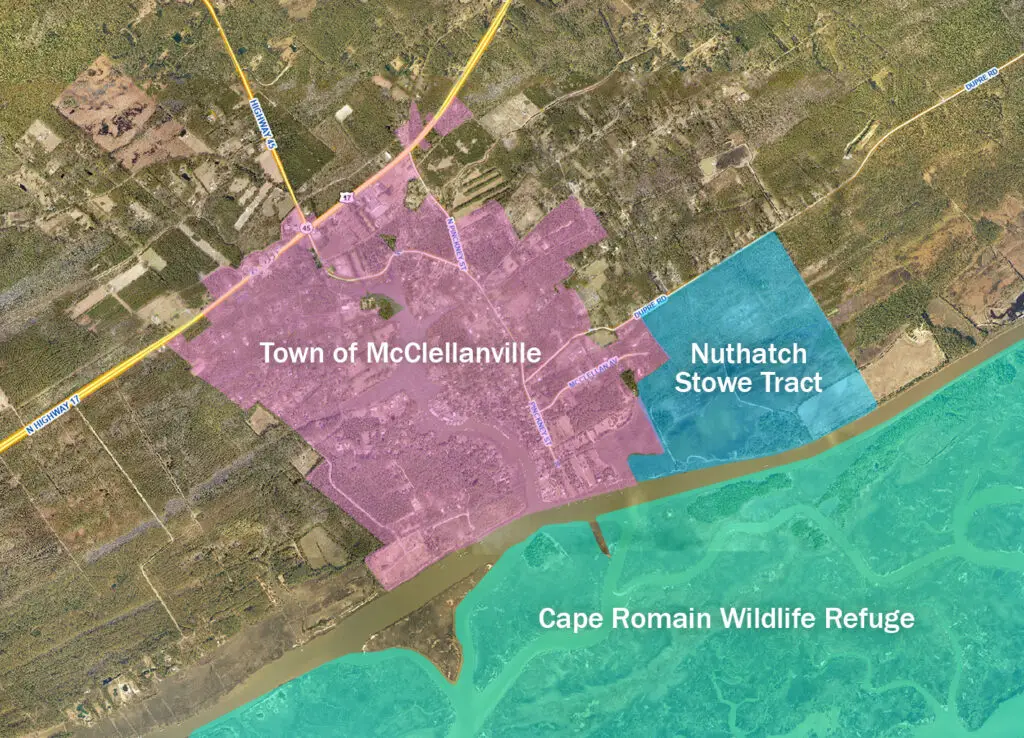
The property abuts the northern boundary of the Town of McClellanville and is accessed off Dupre Road where it then extends all the way to the Intracoastal Waterway. This means that the purchase not only preserves an incredible natural resource from development, but also further buffers McClellanville from growth. As you’ll read later, it will also provide the public with some incredible recreational opportunities. The land abounds with wildlife including alligators, wading birds, deer, turkey, and more.
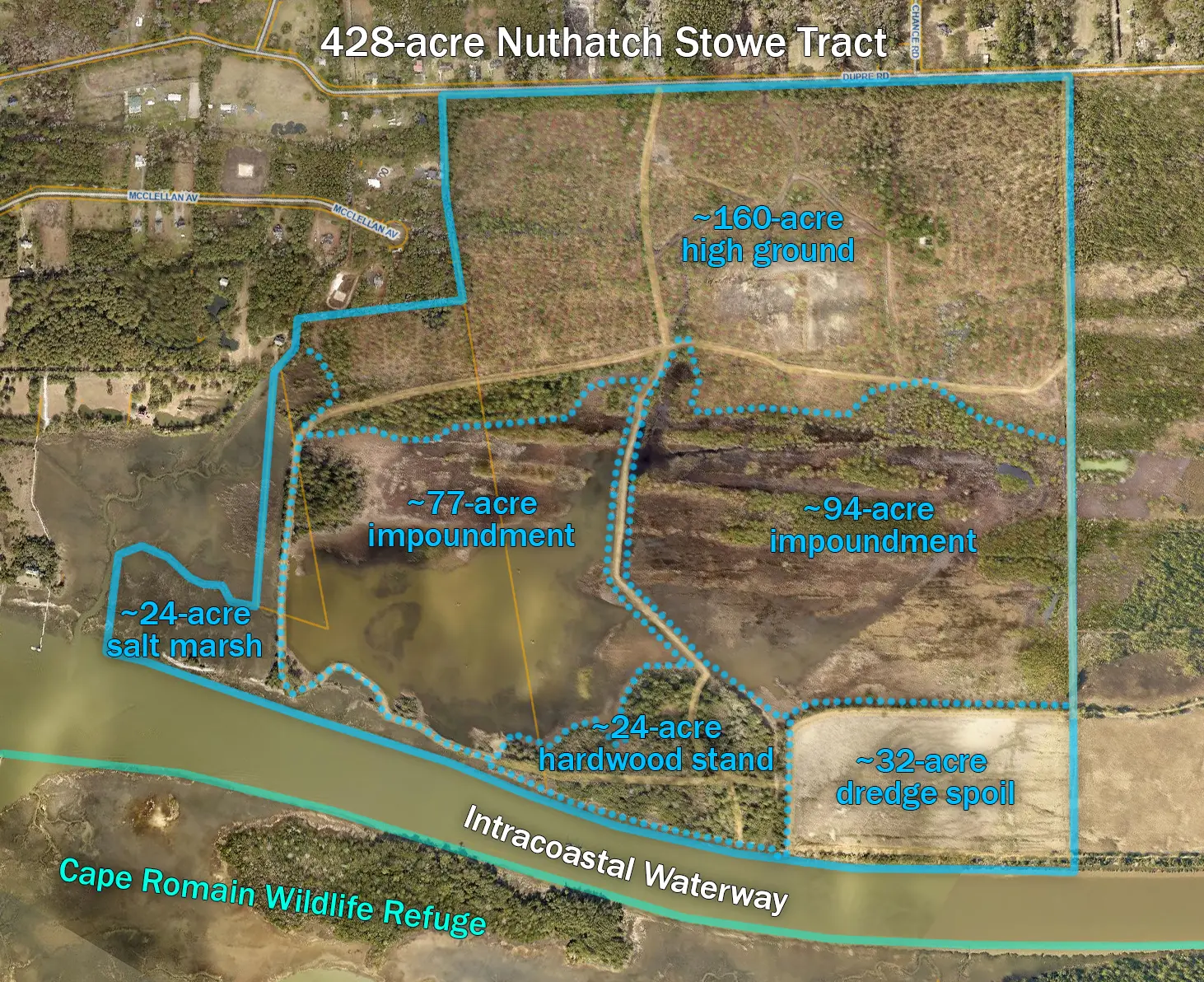
The 428 acres consist of a variety of habitats. There are about 160 acres of wooded high ground at the front of the property bordering Dupre Rd. A single-lane causeway divides two impoundments totaling roughly 171 acres of wetlands and leads to a 24-acre hardwood stand of live oaks and pines adjacent to the Intracoastal Waterway (ICW). There are currently about 4 miles of maintained roads, including a scenic 1.7-mile loop encircling the southern impoundment. Roughly 32 acres are made up of spoil area from previous dredging of the ICW, which is just now having some emerging vegetation. Finally, There are about 20 acres of salt marsh wetlands that lie outside of the impoundments along the Intracoastal Waterway.
Interview with Sarah Dawsey, Refuge Manager
Daniel Bates: I want to start by thanking you for listening to the public last year and responding with the detailed maps of the beaches indicating the off-limits areas being used by birds. I also really appreciate the marked paths from the sound to the ocean for humans. I know it’s a balancing act, but I’ve always felt that the public is more likely to donate, volunteer, and champion the Refuge when they are able to enjoy its use. Is there anything you’d like the public to help with or remember while in the Refuge? Can you provide us with any bird or turtle updates?
Sarah Dawsey: Cape Romain, within the National Wildlife Refuge System, has a mission to protect, conserve and restore (when necessary) habitat for wildlife and native plants. As management stewards for our public land and also threatened and endangered wildlife species, our work is to support habitats and wildlife into perpetuity for our natural world and for the enjoyment and benefit of people. We welcome and encourage the public to help us in our conservation efforts to protect habitat and wildlife on the refuge. As reminders, during bird nesting and fledging season on the beaches, be mindful of seabird colony nesting areas and the solitary shorebirds that nest along the beach areas. The same is true for sea turtles during the summer nesting season. As we all know, habitat is “shrinking” and that means areas to nest, fledge young and forage for wildlife are harder to come by. The adage “pack it in pack it out” is so true for the refuge. Litter is detrimental to wildlife and is an eyesore to everyone. We can all help in picking up and keeping our public land clean for us and wildlife. People can volunteer to become conservation stewards for birds and turtles and for general wildlife sightings. There are volunteer opportunities to help with maintaining habitat areas and participating in beach clean-ups and other refuge projects when scheduled. Importantly, volunteers can share their hands-on experiences and knowledge with others, especially visitors who come to the refuge.
We do not have bird number to share yet but currently we over 2,000 sea turtle nests documented on the refuge.
Daniel Bates: I want to congratulate you on the acquisition of the Nuthatch Stowe property. It looks like an incredible addition to the Refuge. Can you tell me what this property means to you, personally? Do you have a favorite feature of the property?
Sarah Dawsey: The property, with over 420 acres, is a large tract of land with wetland and upland habitats and that means refuge for a diversity of wildlife species. There’s salt marsh adjacent to the intracoastal, water impoundments, grasses and pine and oak forested areas. The protected property in itself is an important corridor for wildlife especially with its proximity to the national forest. As the barrier islands and salt marsh flats recede, this mainland tract is invaluable for Cape Romain, our local communities and the national refuge system. A favorite feature of the property is the openness of the surrounding landscape around the impoundments and at the salt marsh – it’s a beautiful natural vista and will allow us to continue to manage for wintering waterfowl and waterbirds.
Daniel Bates: What can you tell me about future plans for the property? (Please attach any drawings that can be shared) Is there any chance that the headquarters or certain operations could shift to this property?
Sarah Dawsey: At this time, future plans focus on road improvements and constructing a parking area for accessibility. We do not have any plans to move the headquarters at this time.
Daniel Bates: Can you advise if the property will be open to the public and what types of things they will be able to enjoy doing there? Do you have a timeline?
Sarah Dawsey: We are excited that the Nuthatch Stowe property is on the mainland, which makes this area of the refuge accessible for many people. We first have to have the property posted and anticipate that being completed this winter. When roads and parking areas are safely accessible, we will open the area so visitors will be able to enjoy hiking, biking, birdwatching and other wildlife viewing, photography, and scheduled interpretive and environmental education programming. Future plans are to install a wildlife observation platform and eventually hoping to have a small fishing pier on the ICW.
Daniel Bates: As you know, the parking lot at McClellanville’s boat launch is often full during the summer and fall and the only overflow parking is a half mile away at the Middle School. Do you foresee a boat launch and/or dock? Would it be open to the public?
Sarah Dawsey: – Our goal is to install a kayak launch and a small fishing pier on the ICW for the public. We do not foresee a large boat launch area for motorized boats.
Daniel Bates: Coastal Expeditions runs 3 trips per day from Garris Landing to Bulls Island, but only a handful of Cape Romain Lighthouse tours each year. With a heavier footprint at this end of the Refuge, Could we expect more ecotourism opportunities for local tours out of this area?
Sarah Dawsey: Currently, refuge concession Coastal Expeditions runs regularly scheduled public trips to Bulls Island, twice daily for 4 days weekly March through November and one trip on Saturdays only December through February. Other public trips to Bulls Island include sunrise tours and beach drops each month annually. We work with the concession to offer six public tours annually to Lighthouse Island to view the historic lighthouses and compound on the island.
Since Bulls Island was added to the refuge in 1936, there has been one contracted concession to take visitors into the refuge. The refuge islands, especially Cape Island and Lighthouse Island beaches, are highly sensitive and critical areas for seabirds, shorebirds and sea turtles. Many of the birds that depend upon the refuge lands are listed as special concern species with a few noted as threatened. The Loggerhead sea turtle is listed as a threatened species. The barrier island beaches continue to erode and, indeed, it seems a balancing act to protect habitat for species and offer recreation activities that we all enjoy on the islands .
The Service does not foresee offering more than one concession contract for ecotourism tours to the barrier islands of the refuge.

